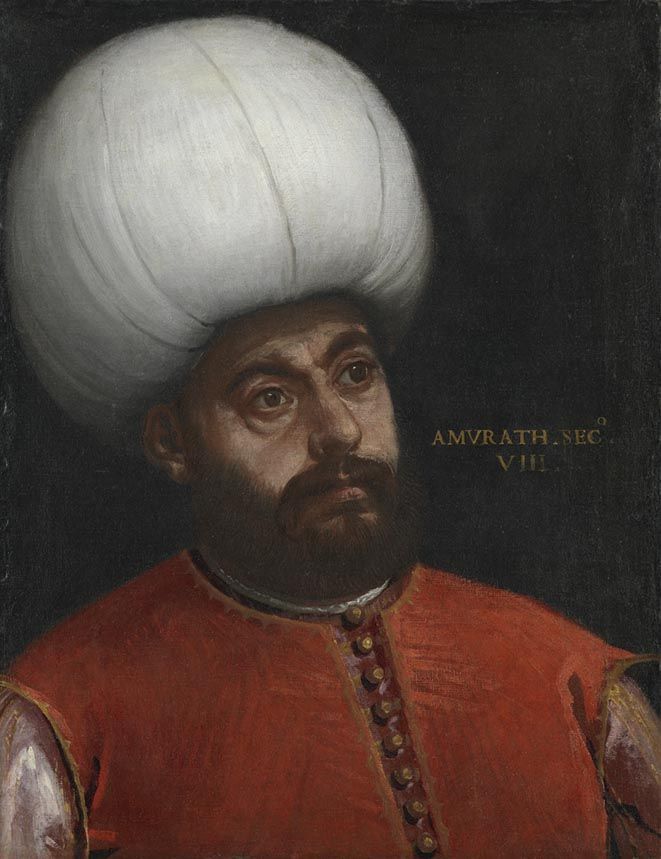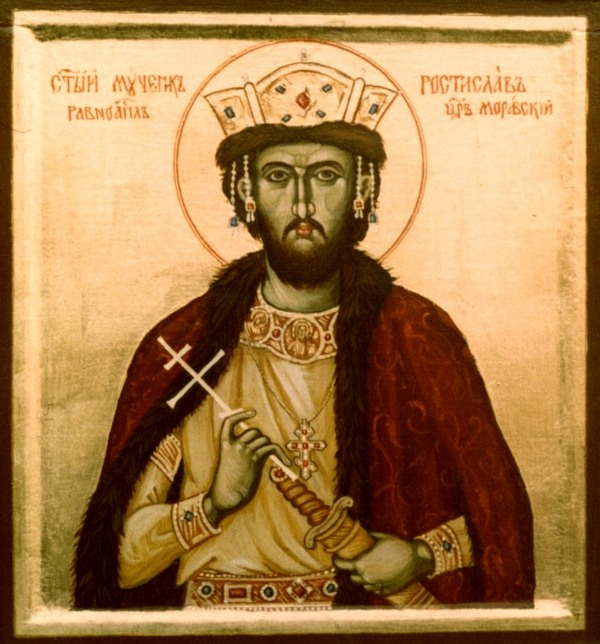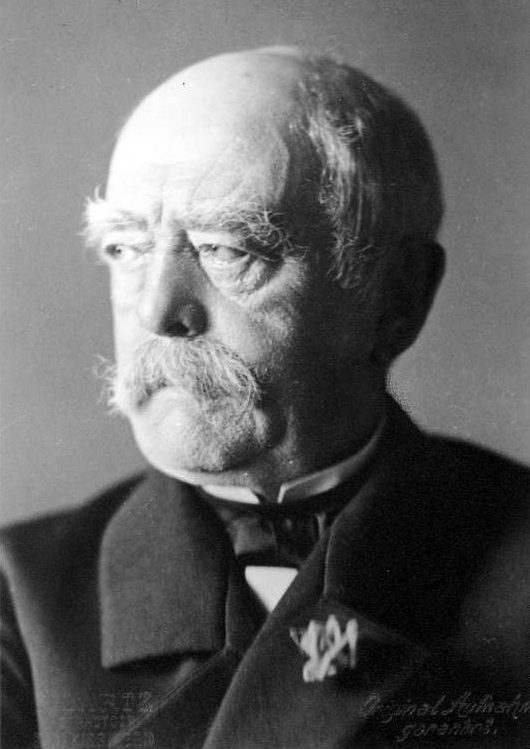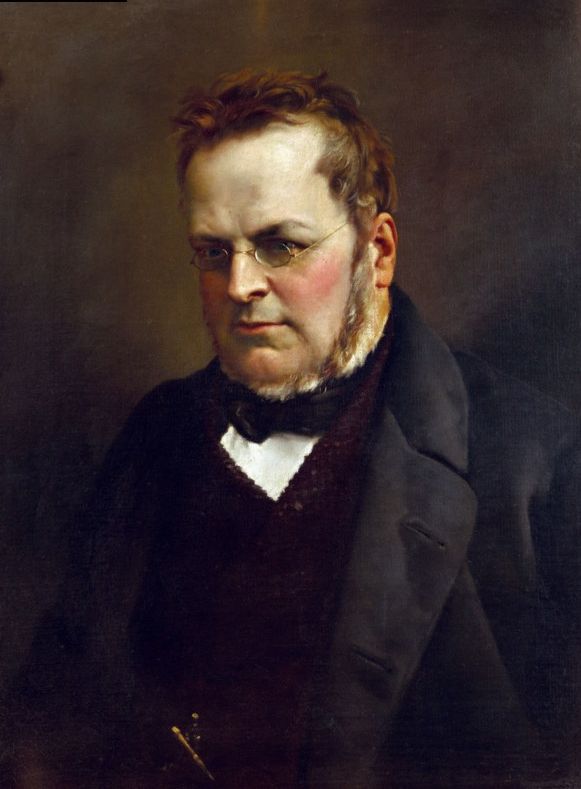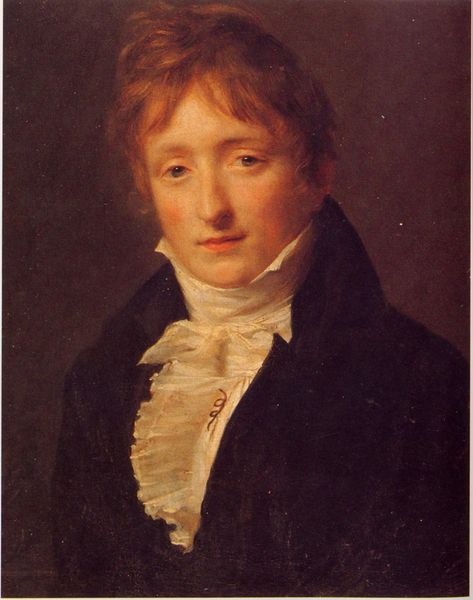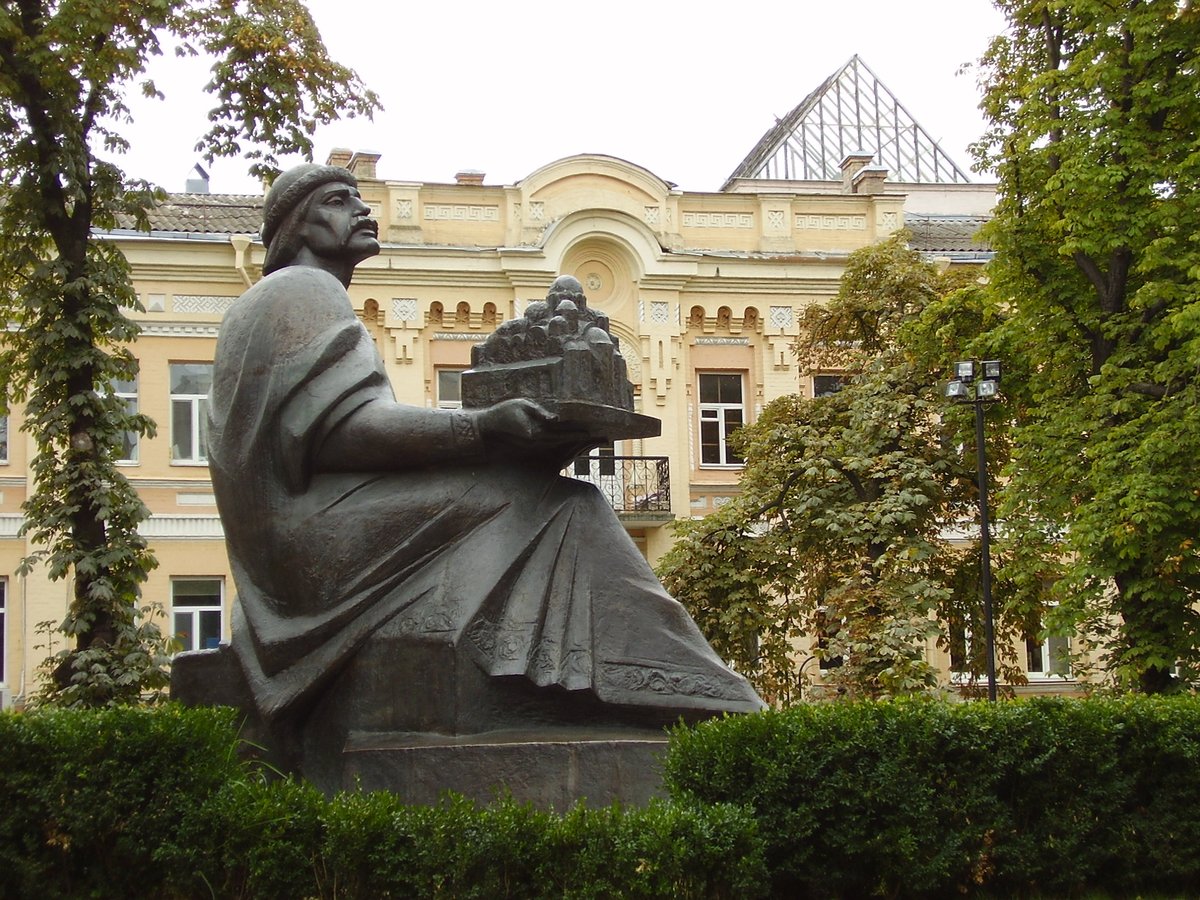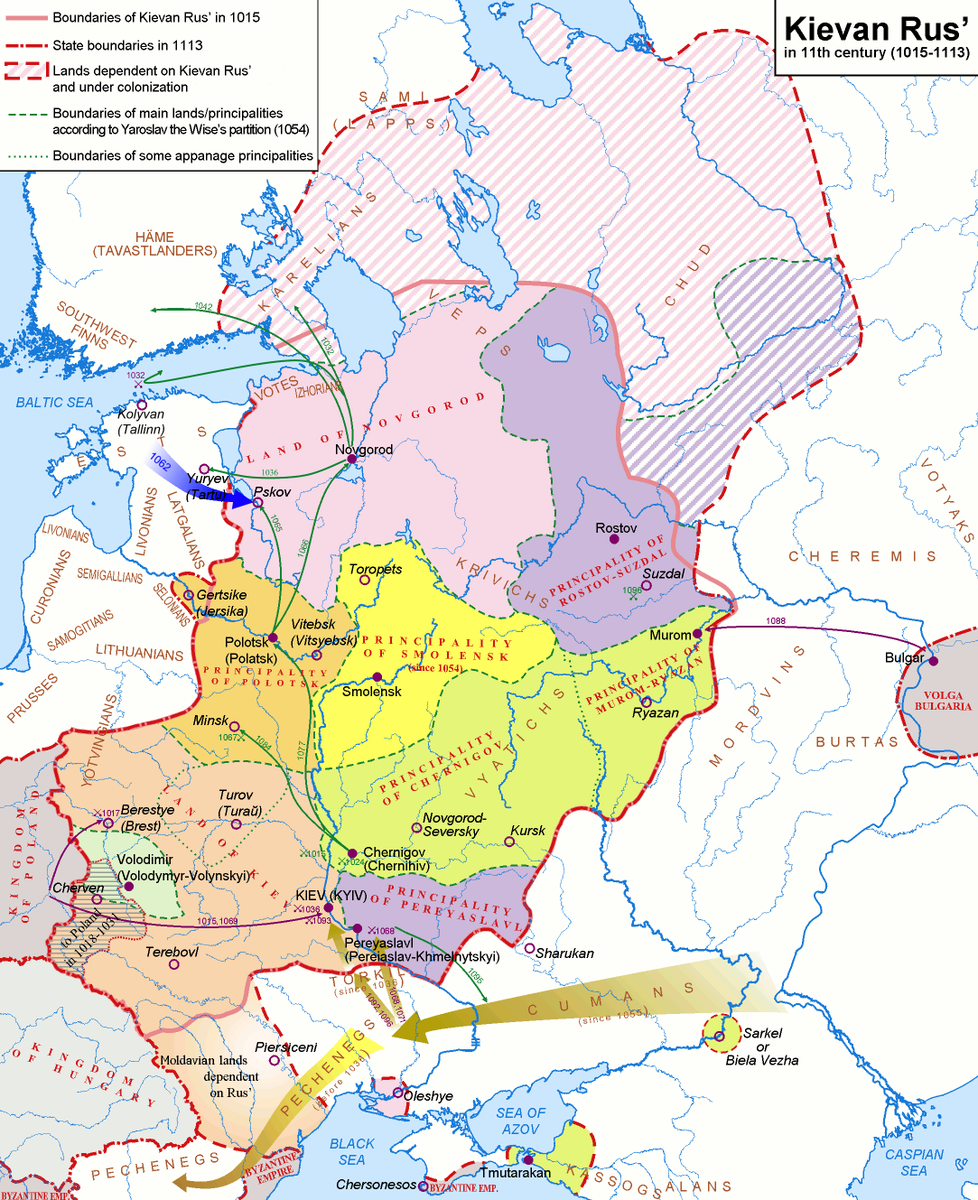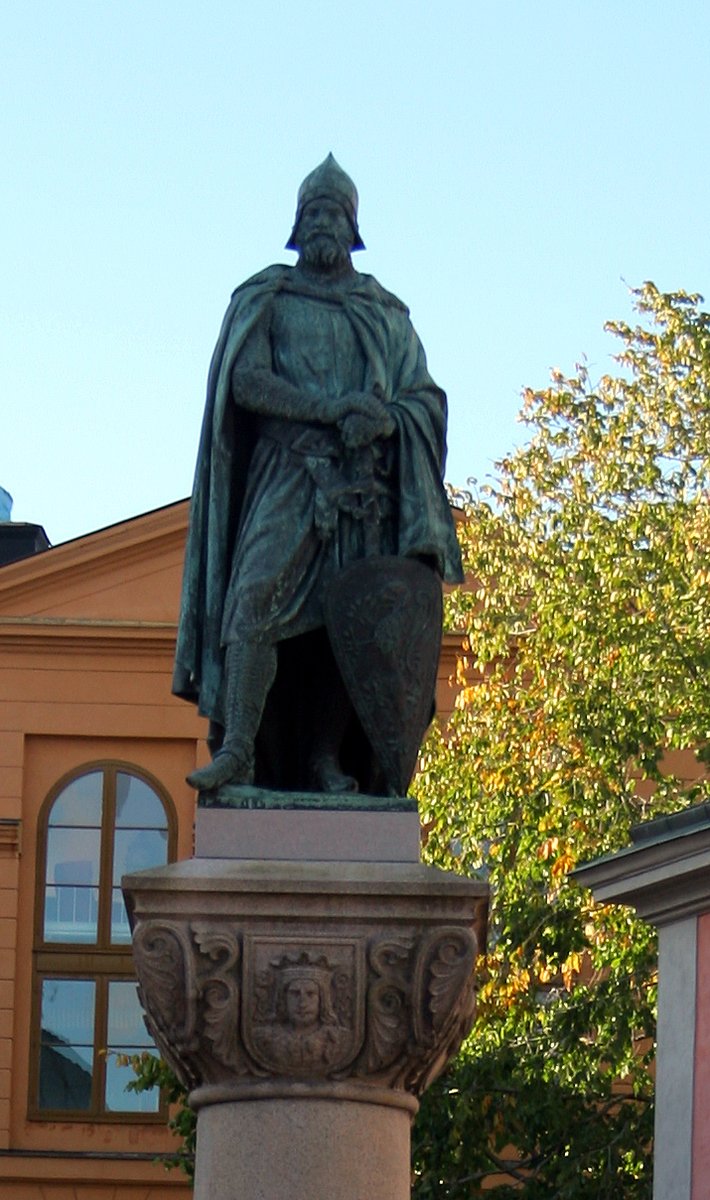A new Kingdom emerges from the ashes of a long forgotten Kingdom.
But a foreign threat awaits to crush the revival.
Showdown in the offing.
Story in the evening ...
But a foreign threat awaits to crush the revival.
Showdown in the offing.
Story in the evening ...
https://twitter.com/Arby_K/status/1475655657604845570
Anizham Thirunal Marthanda Varma was born in 1706 to Karthika Thirunal and Raghava Varma. His mother was the sister of Rama Varma, who became King of Venad in 1721. Venad was one of the many successor states of the Chera Kingdom in the South West of the Indian subcontinent. 1/10 

Protected by the Western Ghats in its east, the Cheras had flourished till the 12th century. After its collapse, many city states with varying power over its neighbours had come up, with the southernmost Ay Kingdom breaking away and forging connections with the Pandyas. 2/10 



By the end of the 15th century, Kozhikode (Calicut) had emerged as the most powerful of the city states, attaining suzerainty over the rest. Venad was an offshoot of Ay, centred around Kollam (Quilon) within Kozhikode's sphere of influence. 3/10 

The Venad that young Marthanda Varma lived in was a heavily fractured one and was controlled by the nobles. But Marthanda Varma sought to change that on his accession to throne in 1729. He also had to deal with his cousins (predecessor's sons), though right to rule was his. 4/10 

King Marthanda Varma arranged for soldiers from the east and with their support got rid of his opponents. He then went on to claim other city states in the erstwhile Chera Kingdom. By 1739, he had gained supremacy over Kollam, Kottarakkara and Kayamkulam. 5/10 

But this brought another player into the field. The Dutch had gained monopolistic access to trade from many of these city states, but King Marthanda Varma's intervention spoiled their plans. The Dutch gathered up their local allies and went to war. 6/10 

But it was the King who won the day in 1741 at Colachel. The following Treaty of Mavelikkara effectively ended Dutch interests in the Indian subcontinent. But the King of Thiruvithaamkoor (Travancore), as Venad came to be known, was not done yet. 7/10 

Having upgraded his army and conquered the southern half of the former Chera Kingdom, he allied with Kochi (Cochin), the rump state remaining after Chera's collapse, against Kozhikode and defeated them. But Kozhikode also had other problems to worry about. 8/10 



On his deathbed in 1758, King Marthanda Varma saw to that the alliance with the English East India Company held. He was succeeded by his nephew Karthika Thirunal Rama Varma, who withstood the attack by Mysore as it swallowed up Kozhikode and made Kochi a tributary. 9/10 



Thiruvithaamkoor, along with Kochi, retained their independence as princely states of the British Empire until 1947 when the British left the subcontinent, while Kozhikode became part of British India after the East India Company annexed it when they defeated Mysore. 10/10 



• • •
Missing some Tweet in this thread? You can try to
force a refresh


